Everything is illuminated: David Morris presents high jewellery in a new light
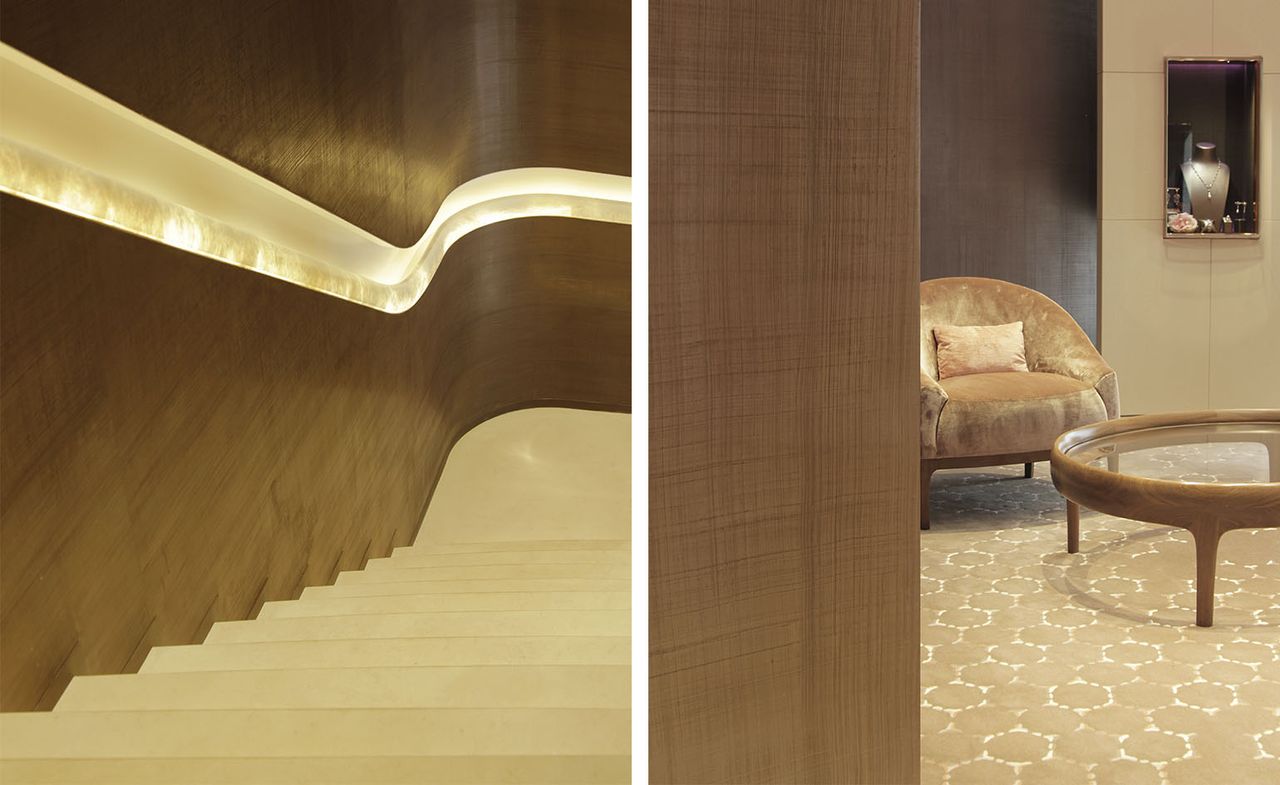
It used to be that fine jewellery houses preferred an identikit boutique design of dark, intimate interiors lined with dusty museum-like showcases – all the better, they reckoned, to let quality gemstones shine. Since Peter Marino was invited to apply his golden touch to watch and jewellery boutiques across the globe for the likes of Chanel, Graff and Bulgari, the industry has been persuaded that jewels sparkle all the more if the environment reflects their patrons’ modern aspirations.
Hence, the arrival of Jaime Hayon’s contemporary grand salon for Nirav Modi’s New Delhi flagship, Patricia Urquiola’s pared-back luxury for Panerai and David Collins Studio’s sumptuous modernism for De Grisogono. Adding to that prestigious list is the London jeweller David Morris, which has worked with the former sculptor and furniture designer Eugene Brunelle to design its first boutique beyond the UK – in Paris.
While the exterior is an innocuous addition to the Rue Saint-Honoré’s Eastern string of noisy fashion façades, inside the boutique is a soothing balm of architectural purity, its somewhat futuristic feel made even more gorgeous by the choice of exquisitely quiet materials. Gold-infused copper vitrines, alabaster doors, metallic-weave coverings and walnut consoles amount to a subtly elegant luxury. ‘The keen eye for detail, innovative use of materials and the colours are a perfect reflection of our house DNA,’ confirms Jeremy Morris, managing director of the storied London jeweller.
The three-storey boutique is joined by a stone staircase with an inlaid alabaster handrail which, softly backlit, emanates a filmic glamour. The alabaster floor-to-ceiling doors on the ground floor, meanwhile, are edged in faceted rock crystal – a detail only apparent when the doors are opened. Awkward spaces become rich highlights, illuminated by long oval mirrors. The overall feel is of a soft, calming light permeating the boutique and its naturally luminescent gems.
Brunelle also designed the furniture – desks and chairs in light woods, with a modern but starkly minimalist 1930s feel. Traditional techniques were key: classic cabinetry, patinated steel and specially commissioned rose-tinted copper plating for the frames of the jewellery showcases. It’s interesting to learn that Brunelle collaborated with Hermès for over a decade, creating window designs, interiors and event staging for the French maison. It shows.
In opening the Paris boutique, David Morris had a vision to create ‘a new architectural environment’. In choosing Bruenelle the jeweller has unveiled a new take on the display of precious stones. In redefining the jewellery buying experience for modern tastes, the British jeweller is questioning that age-old belief that ‘prized treasures be concealed behind closed doors’.
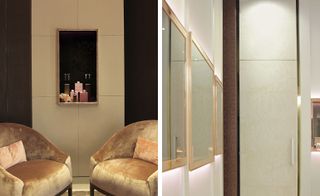
Exceptional craftsmanship underlines Brunelle's classic approach, reflecting his decade-long spell with Hermès
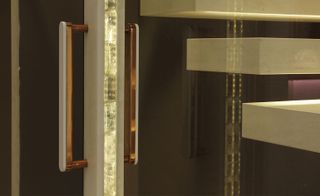
A floating alabaster staircase connects the first and second floors
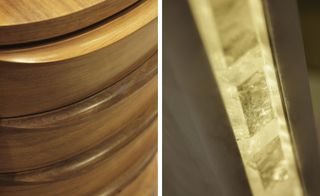
Rich wood types and rock crystal accents add a sense of architectural purity
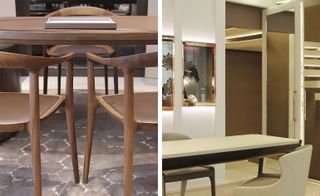
Brunelle’s furniture designs imbue the space with a quiet luxury
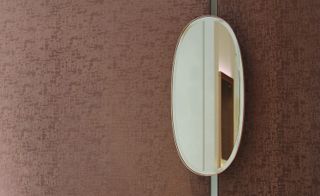
Elongated oval mirrors add fine detail, transforming awkward spaces
INFORMATION
For more information, visit the David Morris website
ADDRESS
364 Rue Saint Honoré
75001 Paris
Wallpaper* Newsletter
Receive our daily digest of inspiration, escapism and design stories from around the world direct to your inbox.
Caragh McKay is a contributing editor at Wallpaper* and was watches & jewellery director at the magazine between 2011 and 2019. Caragh’s current remit is cross-cultural and her recent stories include the curious tale of how Muhammad Ali met his poetic match in Robert Burns and how a Martin Scorsese Martin film revived a forgotten Osage art.
-
 This arresting new photography book is a visual mediation on daily life in Indonesia
This arresting new photography book is a visual mediation on daily life in IndonesiaWith his lens, photographer Farid Renais Ghimas explores home, memory and the spaces in between
By Sofia de la Cruz Published
-
 Clicks creates keyboard cases for iPhones – now they're also available for three Android flagships
Clicks creates keyboard cases for iPhones – now they're also available for three Android flagshipsSmartphones get a new lease of life with Clicks, which brings a Blackberry-style keyboard to today’s cutting-edge Apple and Android devices
By Jonathan Bell Published
-
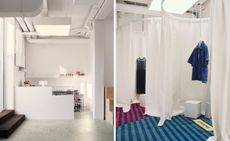 Sunnei’s shape-shifting concept store and café takes up residence in the brand’s Milan HQ
Sunnei’s shape-shifting concept store and café takes up residence in the brand’s Milan HQ‘It allows visitors to shop just steps away from the people who designed the pieces,’ say Sunnei founders Loris Messina and Simone Rizzo of the store, which features a Tommaso Vergano and Anastasia Posca-curated café – perfect for a Milan Design Week pitstop
By Laura May Todd Published